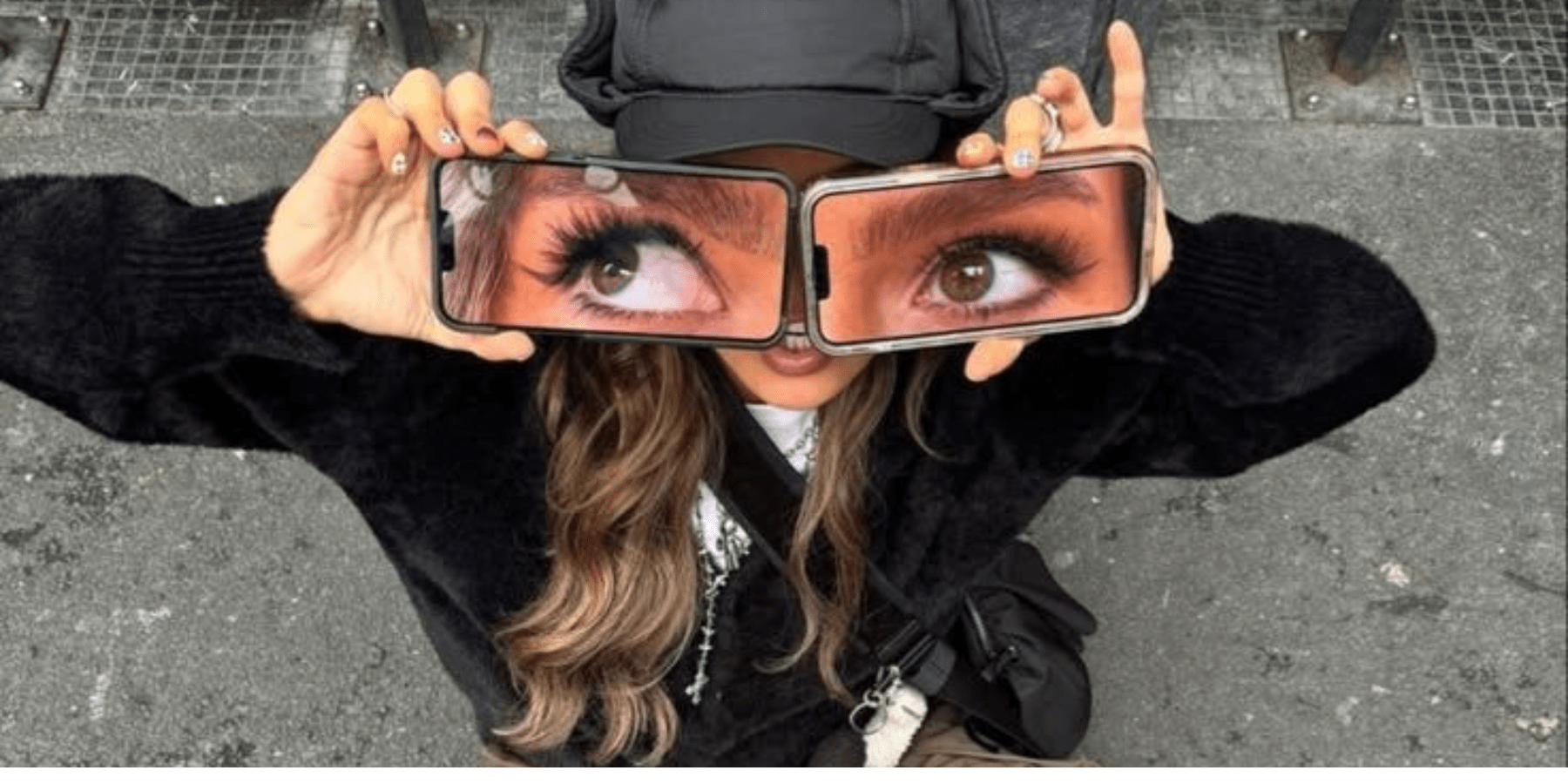As millions of users shift from traditional search engines like Google to AI-powered platforms including ChatGPT, brands are realising the importance of affecting the content that informs AI answers.
Brandnation’s Global Head of Brand and Strategy Jeremy Page was recently in Dubrovnik to support the third round of the 2025 UIM E1 World Championship – the world’s first all-electric raceboat series – when he and E1’s Head of Marketing ran an experiment on ChatGPT.
“We were intrigued to find out exactly comes up when you search for E1 and even more so, to try to figure out where that description had come from,” Jeremy explains. “It was almost all from press material – there were clear markers.”
“In PR, whether consciously or unconsciously, we are influencing these large language models (LLMs), and our teams are actively shaping the results and impacting the narrative.”
How AI is affecting information discovery
Unlike traditional search engines which serve up a list of links, AI-powered search engines like ChatGPT deliver summarised, conversational answers powered by LLMs.
Instead of trawling through multiple sources, users get an instant, scroll-free response. And with the rise of ‘social search’ on platforms like TikTok, this is clearly the experience users want.
Unsurprisingly, the popularity of generative AI tools has skyrocketed. As of June 2025, ChatGPT is clocking over 400 million weekly users.
The zero-click phenomenon
The change in user behaviour has led to a ‘zero-click’ phenomenon, where users get answers directly on the results page with no need to click through. In fact, a recent study by SparkToro found that 60% of Google searches are now zero-click.
With that said, web pages featured in AI overviews receive 3.2x more clicks for transactional queries and 1.5x more clicks for informational queries (Terakeet).
Where does AI source information from?
As of 2025, AI responses are powered by two key inputs: the model’s training data and real-time user context.
For example, ChatGPT’s answers are informed by:
- Training data: This includes publicly available website content (editorial articles, research papers and websites), licensed material and datasets curated by human trainers at OpenAI.
- User context: The prompt, previous interactions and user feedback help shape each response.
“Publicly available content is where the opportunity lies for brands. If you’re generating credible, consistent coverage, you’re increasing your chances of being featured in AI responses.” Jeremy adds.
Google’s AI overviews source information from:
- Authoritative web content: Google prioritises high-quality, trustworthy sources including major news sites, industry publications and well-ranked blogs. The AI model looks for consistency across multiple sources before surfacing a summarised response.
- Top-ranking organic results: AI Overviews often reference the same pages that would traditionally appear in the top few positions of Google Search.
- Structured data and schema markup: Websites that use structured metadata help Google better understand and summarise their content for inclusion.
While SEO fundamentals like rankings and schema markup still matter, PR is increasingly critical for shaping the high-quality content and media signals that AI uses to build trust and deliver answers.
Why PR is vital for brand visibility in the AI search era
PR has long supported SEO by securing backlinks, brand mentions and media placements that boosted organic rankings. But its role has grown significantly as search behaviour evolves and as LLMs reshape how information is sourced and shared.
According to a study by Hard Numbers, nearly two-thirds of signals that inform AI on brand reputation originate from editorial media sources. In other words, frequent, credible brand mentions are essential for brands’ inclusion in AI-generated responses.
And the boom in AI is only set to surge. According to the AI 2027 roadmap, we’re amid a shift as profound as the Industrial Revolution. Brands that adapt now will define how they’re discovered in the years to come.
Brandnation’s top tips for future-proofed PR strategies
For brands that want to show up in AI-generated answers, PR is essential. Here’s how to future-proof your strategy.
Own your niche
Build topical authority by securing coverage that consistently links your brand to key areas of expertise.
Go for gold-standard mentions
Features in reputable, trusted outlets carry far more weight in LLM training data than low-tier backlinks.
Align with SEO from the start
Work together with your SEO team to ensure messaging is clear, consistent and structured for both humans and machines.
Feed the machine rich content
AI favours detailed, well-written content with original insights. This could include expert commentary, thought leadership and media-worthy storytelling.
Test and learn
Use monitoring tools to see where and how your brand appears in AI summaries, then optimise your PR tactics accordingly.
In the era of AI search, being found starts with being talked about, and brands investing in strategic PR will lead tomorrow’s search landscape.
At Brandnation, we’re shaping AI outputs, and we know how to make our clients part of the answer. Get in touch to find out how we can build an AI-ready PR strategy for your brand.

About the author
Natalie Clement | Digital
Marketing Executive
With international experience as a digital marketer, writer, and editor, Natalie has worked across sectors including lifestyle, technology, and tourism.





